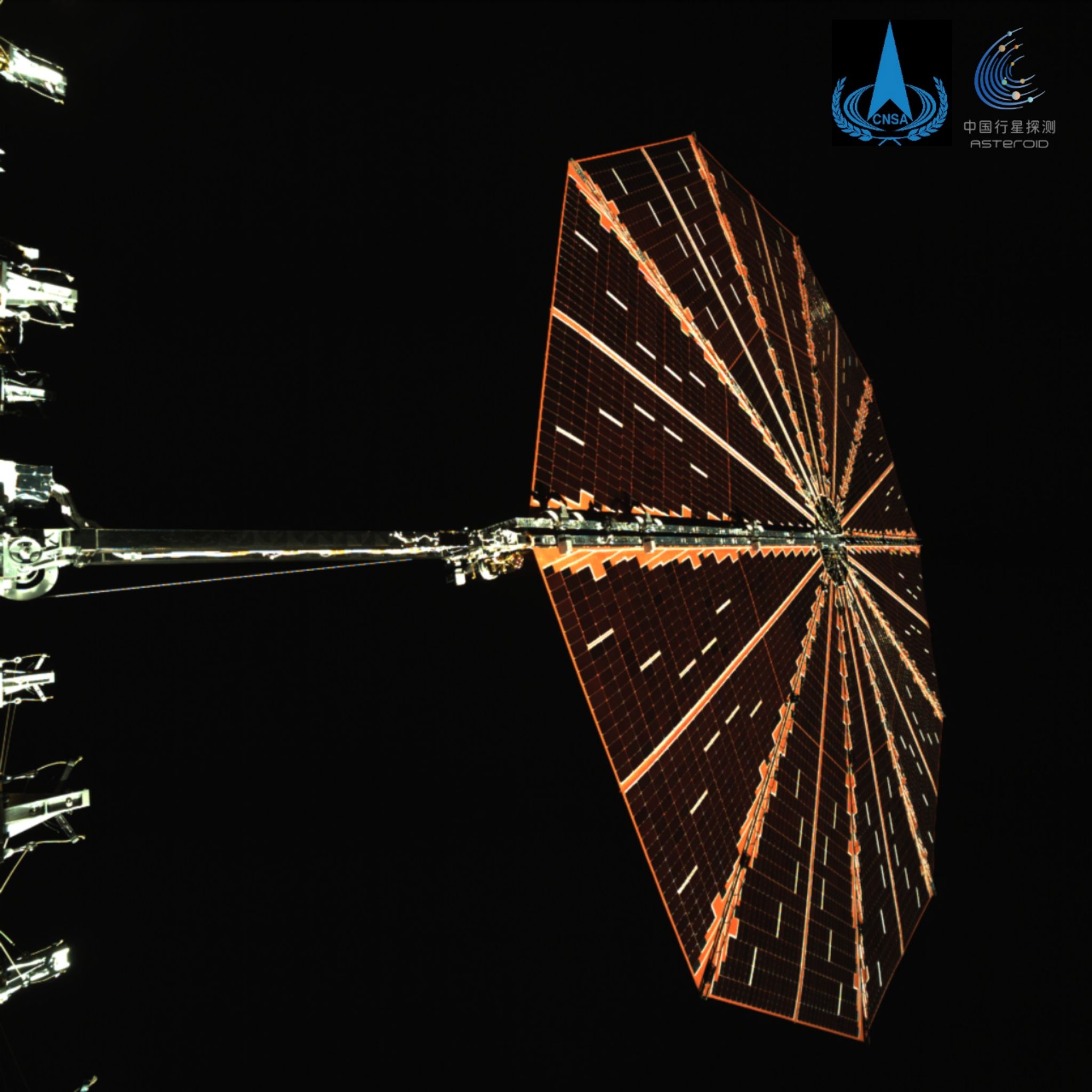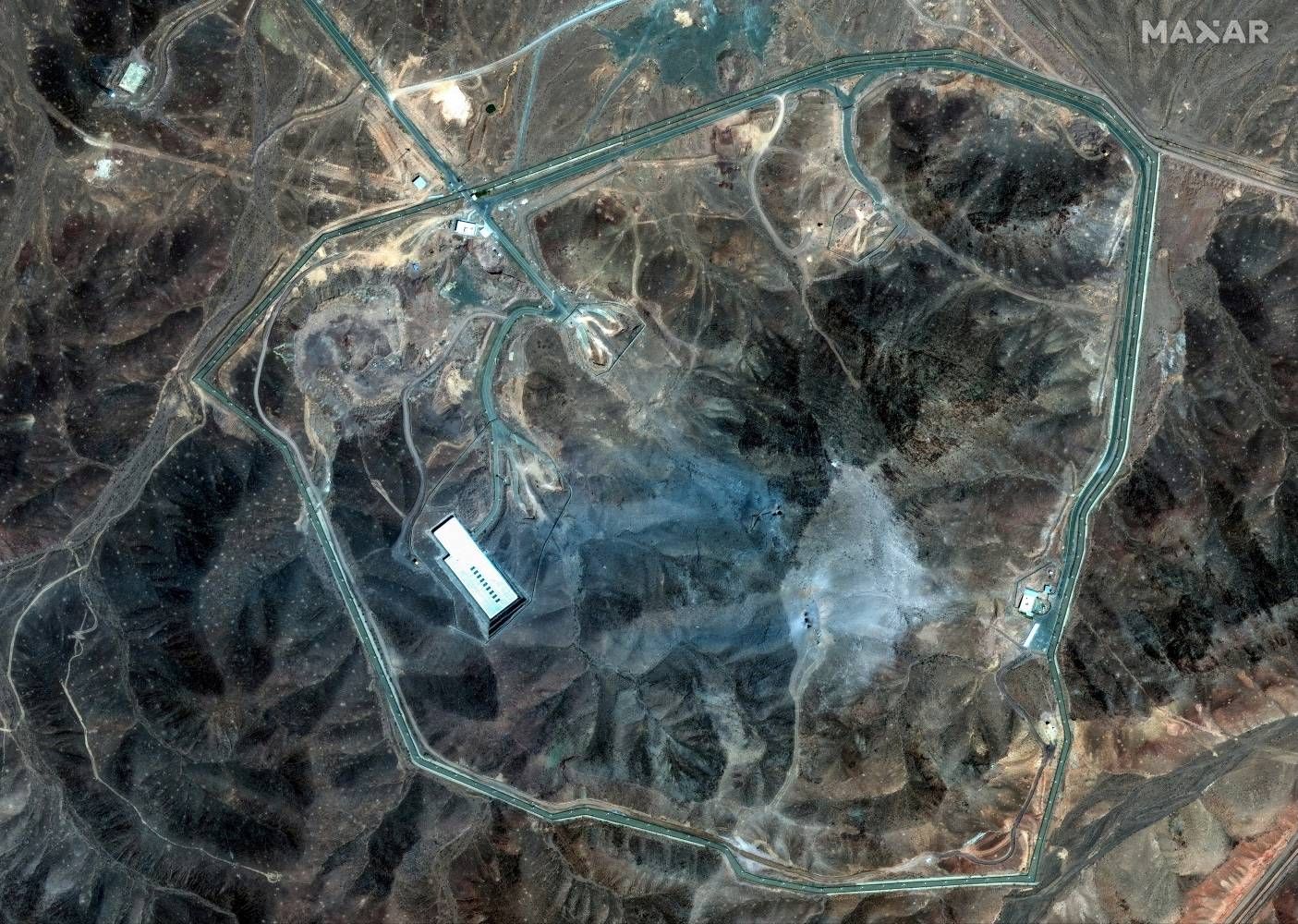This Chinese Spacecraft Is Traveling to One of Earth’s Quasi-Moons
This Chinese Spacecraft Is Traveling to One of Earth’s Quasi-Moons
China has recently launched a spacecraft that is bound for one of Earth’s quasi-moons. This spacecraft, named…

This Chinese Spacecraft Is Traveling to One of Earth’s Quasi-Moons
China has recently launched a spacecraft that is bound for one of Earth’s quasi-moons. This spacecraft, named Tianwen-1, is on a mission to explore and study this unique celestial object in our planet’s orbit.
Quasi-moons are asteroids that have been temporarily captured by Earth’s gravity, making them appear as though they are moons in orbit around our planet. These objects offer scientists a rare opportunity to study the behavior and characteristics of asteroids up close.
Tianwen-1 is equipped with a suite of scientific instruments that will allow it to collect data on the quasi-moon’s composition, structure, and history. This information will help to advance our understanding of these unique objects and their place in the solar system.
The spacecraft is expected to reach the quasi-moon in the coming months, where it will begin its observations and data collection. Scientists around the world are eagerly awaiting the results of this mission, which could provide valuable insights into the origins of our solar system.
China’s space program has been making significant strides in recent years, with successful missions to the Moon and Mars. The Tianwen-1 mission represents another important milestone in the country’s expanding space exploration capabilities.
As we continue to explore the mysteries of the universe, missions like Tianwen-1 play a crucial role in expanding our knowledge and understanding of the cosmos. The data collected by this spacecraft could have far-reaching implications for our understanding of the solar system and beyond.
With the continued advancement of technology and the dedication of scientists and engineers around the world, we are poised to unlock even more secrets of the universe and unravel the mysteries of our celestial neighbors.






